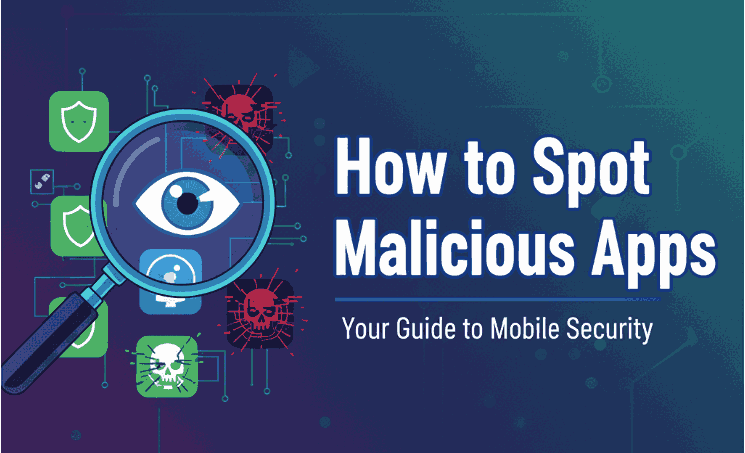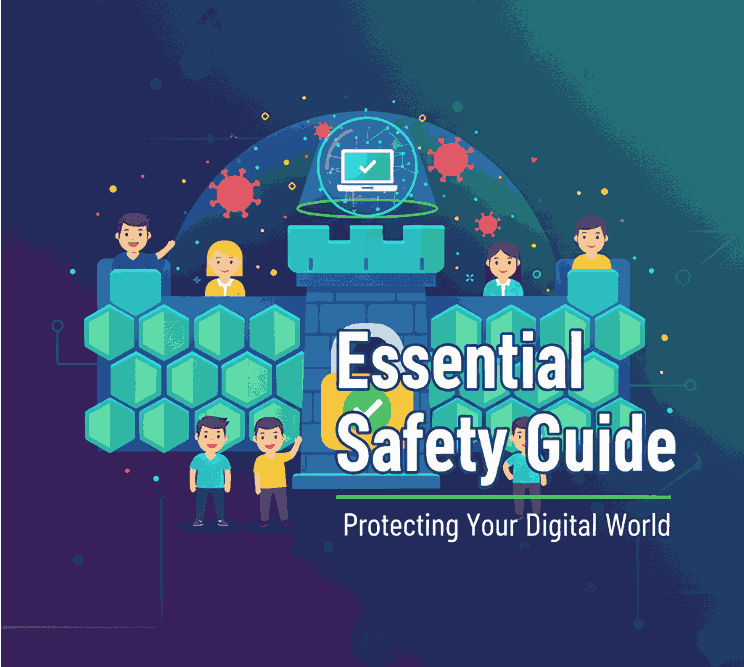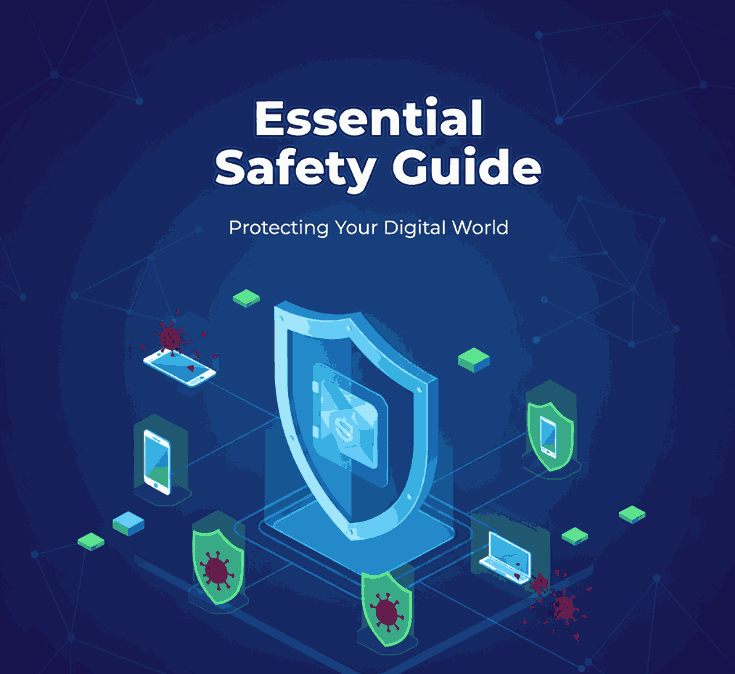
Table of Contents
- Introduction
- Why Malicious Apps Are Dangerous
- Red Flags Before You Download
- 3.1 Suspicious App Descriptions
- 3.2 Fake Ratings & Reviews
- 3.3 Unusual Permissions Requests
- 3.4 Download Counts & Release Dates
- 3.5 Missing Developer Information
- Signs of Malicious Behavior After Installation
- Tools & Techniques to Check App Safety
- Best Practices to Avoid Malicious Apps
- Why Security Awareness Matters for Creatives & Designers
- Conclusion
- Reference
1. Introduction
Learning how to spot malicious app is essential in today’s digital world. Apps drive everything we do—from productivity to entertainment—but not all of them are safe. Some are built to steal data or damage your device. But alongside useful apps, malicious apps exist—created with the intention of stealing data, showing intrusive ads, or even hijacking your phone.
That’s why it’s vital to know how to spot malicious app before it harms your device or privacy.
2. Why You Must Learn How to Spot Malicious App
Malicious apps can:
- Steal sensitive data like passwords or payment info
- Track your calls, SMS, or location without consent
- Drain battery or mobile data in the background
- Display endless unwanted ads
- Download other harmful software
Forbes – description explains how these apps often hide inside what looks like legitimate software, making them hard to detect at first glance.

3. How to Spot Malicious App Before You Download
3.1 Suspicious App Descriptions
Clickbait or vague descriptions like “get free premium” are red flags. Genuine developers clearly explain features, updates, and permissions.
3.2 Fake Ratings & Reviews
Apps with inflated 5-star ratings but shallow or repetitive reviews may be using fake accounts. Checking negative reviews is often more revealing.
TechTarget – description suggests always reading reviews carefully, especially low-star ratings.
3.3 Unusual Permissions Requests
A flashlight app asking for camera, contacts, or microphone access is suspicious. Always check whether the permissions make sense.
Kaspersky – description warns that excessive permissions are among the most obvious signs of a malicious app.
3.4 Download Counts & Release Dates
An app with very low downloads might not yet be trustworthy, while suspiciously high counts can sometimes be artificially inflated.
3.5 Missing Developer Information
Legitimate apps typically have a website, contact info, and privacy policy. If none of this is provided, think twice before downloading.
MCP Insight – description highlights that developer reputation is key when assessing app safety.
4. How to Spot Malicious App After Installation
Even if an app seems fine at first, look out for:
- Sudden battery drain
- Data usage spikes
- Ads appearing outside the app
- Strange new icons or hidden apps
- Repeated crashes
Google Support – description lists redirects, pop-ups, and new add-ons as clear signs of unsafe software.
Some apps may even hide admin privileges, preventing you from uninstalling them.
Lifewire – description explains how malicious apps disguise themselves as system apps to avoid detection.

5. Tools & Techniques to Check App Safety
- Google Play Protect scans apps automatically.
- VirusTotal allows scanning APK files before installation.
- Permission managers let you revoke dangerous permissions.
- Network monitoring apps can detect suspicious activity.
Reddit Cybersecurity Forum – description recommends using a local VPN to monitor app traffic for hidden connections.
6. Best Practices to Avoid Malicious Apps
- Download only from official app stores.
- Avoid unknown APK download sites.
- Update your OS and apps regularly.
- Review and manage permissions.
- Remove apps you no longer use.
- Use trusted security software.
FTC – description advises adopting strong security habits and scanning your devices regularly to stay safe.
7. Why Security Awareness Matters for Creatives & Designers
If you’re a creative professional or designer, you likely rely on digital tools every day. Security awareness ensures that the assets you use and share—like fonts, templates, or design apps—remain trustworthy.
At CalligraphyFonts.net, we prioritize delivering safe and high-quality products. Explore some of our premium fonts for your design mockups:
- Holdsmith Font – A stylish handwritten font with smooth curves and natural strokes, and personal branding projects.
- Rustte Font – A bold display font with a modern rustic vibe, ideal for posters, headlines.
- Southlake Font – A classy and elegant serif-inspired font with timeless charm, great for magazines, product packaging.
- Senjalara Calligraphy Font – A beautiful calligraphy font with graceful swashes and flowing lines, perfect for wedding designs.
Just as you should avoid malicious apps, you should also ensure your design resources come from reliable sources.
8. Conclusion
Spotting malicious apps takes practice, but the signs are clear if you know what to look for: suspicious descriptions, inflated reviews, excessive permissions, and hidden developer info.
By using the right tools and sticking to safe download practices, you can protect yourself and your data. Always trust verified sources—whether downloading apps or digital products.
9. Reference
- Forbes – Key warning signs to identify malicious apps.
- TechTarget – Tips on verifying app safety before downloading.
- Kaspersky – How to detect and avoid fake or malicious apps.
- MCP Insight – Developer credibility as a sign of app safety.
